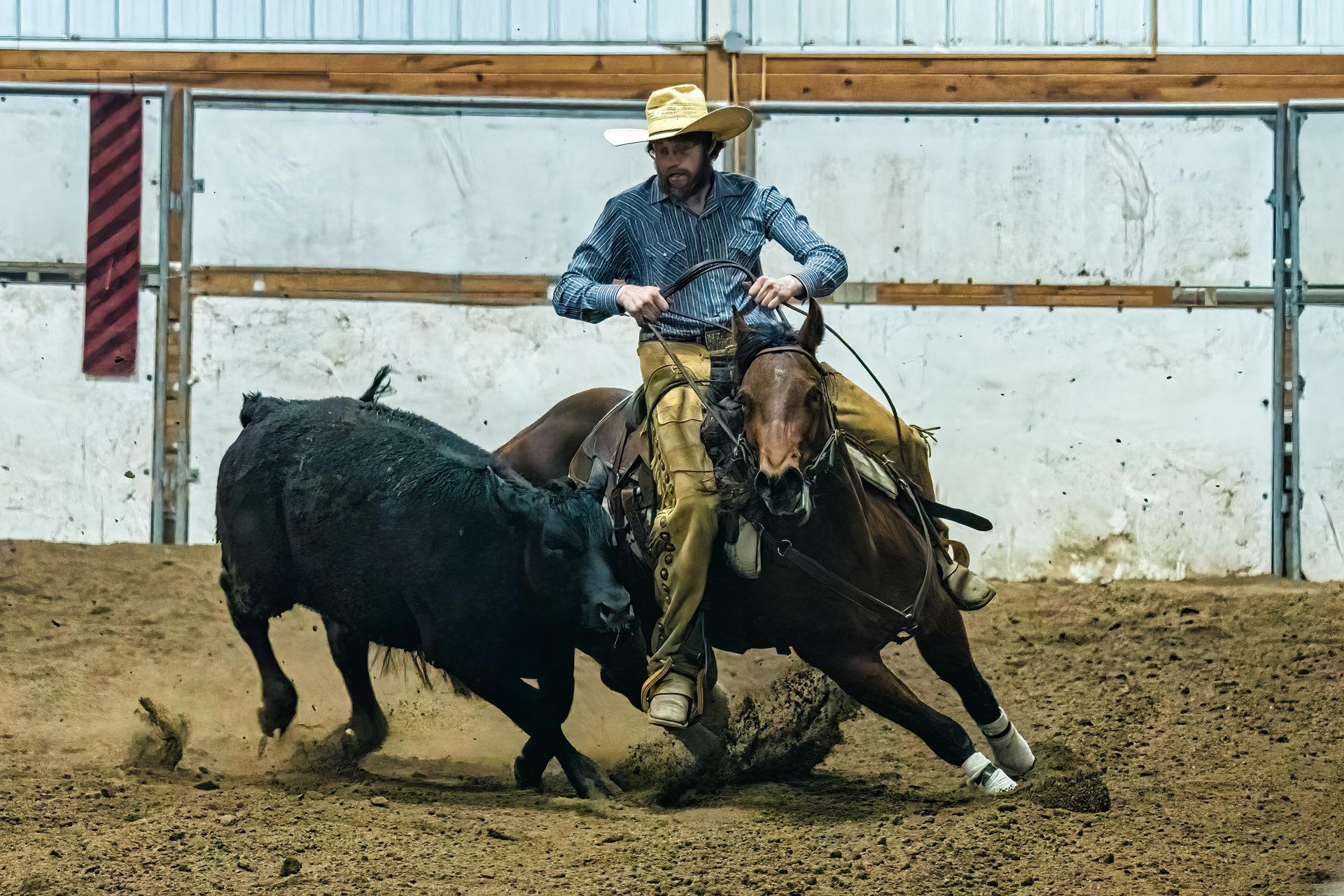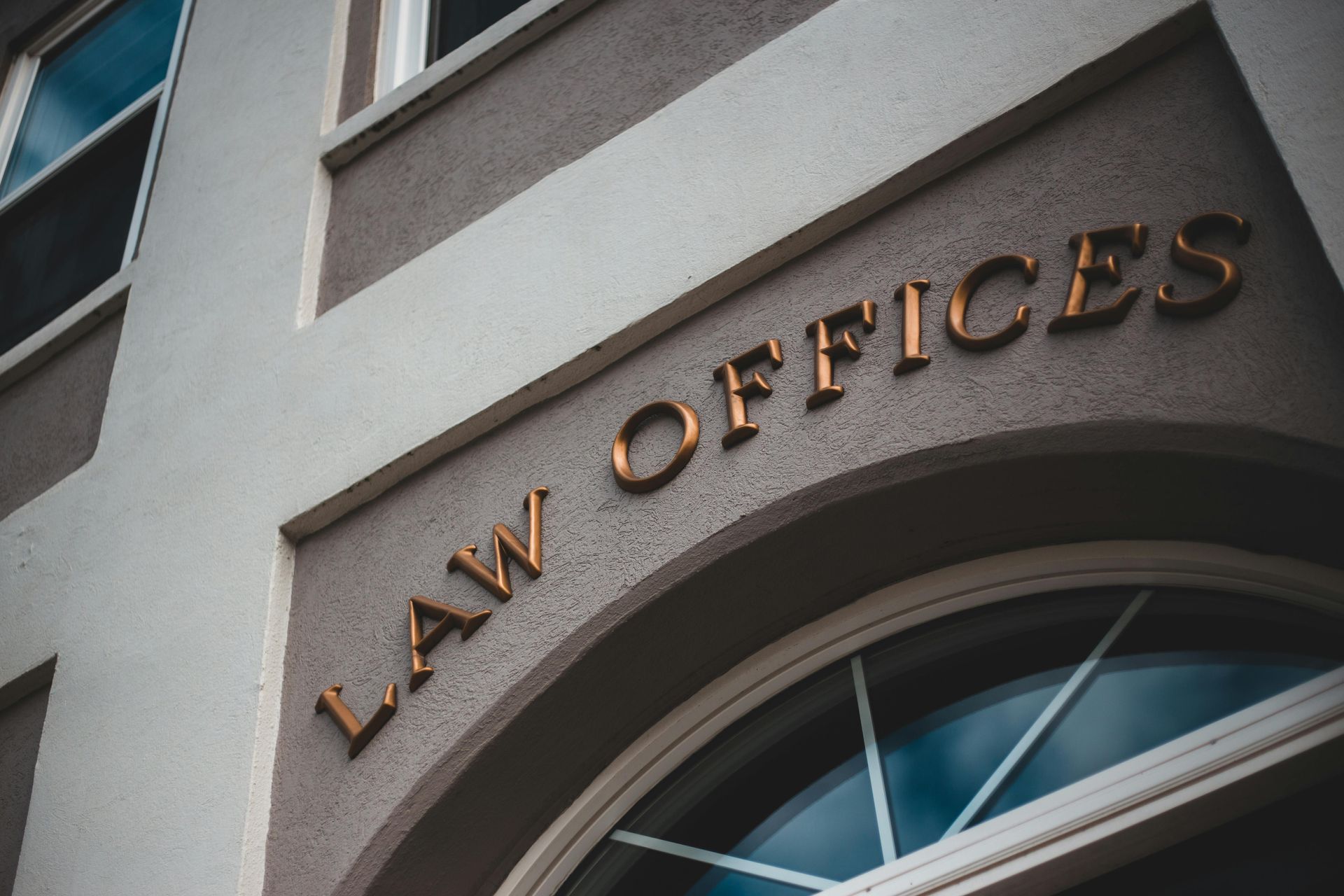ATTORNEY FEES IN COPYRIGHT CASES
In the world of copyright litigation, a pressing question for both plaintiffs and defendants - who pay the lawyer's bill?
Why 17 U.S.C. § 505 is Crucial: The Rationale Behind Awarding Attorney's Fees?
Copyright Infringement
In the world of copyright litigation, a pressing question for both plaintiffs and defendants - who will foot the lawyer's bill? In the U.S., while the Copyright Act's Section 505 (17 U.S.C. § 505) is the primary avenue for potentially recovering attorney's fees, it is not the sole path. Other mechanisms and statutes, including the Digital Millennium Copyright Act (DMCA) and the Visual Artists Rights Act (VARA), also provide means for fee awards. These provisions collectively serve a dual purpose: they aim to deter baseless lawsuits while ensuring creators' rights are protected. The possibility of recovering or bearing the brunt of attorney's fees plays a significant role in shaping litigation strategies and influencing settlement decisions.
Understanding Copyright Protection
The copyright law aids in protecting the rights of authors, poets, painters, and video markers, etc., with regard to their original works. In order to qualify for copyright protection, your work has to be "fixed in a tangible medium of expression." Meaning, your work must exist in a physical form for a certain amount of time, regardless of how brief. Virtually, any form of expression can qualify as a tangible medium. Also, to be noted, your work has to be original. This means that you have independently created it on your own. It does not matter if there is a similar creation or could arguably lack quality, ingenuity, or aesthetic merit. As long as the author toils without directly copying someone else's work, your work is protected by copyright.
Lastly, for you to receive copyright protection, your work must be the result of some creative effort. There is no cut-and-dry rule as to how much creativity is required. For example, a work has to be more creative than a list of alphabetical listings of names or numbers rather than a creative listing of such. Say these conditions are met, you are allowed to register your copyright with the U.S. Copyright Office. This will create the presumption of ownership and grant you the right to sue someone who infringes on your work. The Copyright law gives authors specific exclusive rights to their own work, including the right to reproduce or resell the work.
Determining Attorney's Fee Recovery in Copyright Disputes
Within the broad framework of U.S. copyright laws, 17 U.S.C. § 505 stands out prominently in relation to legal expenses. This section grants courts the discretion to decide if the prevailing party in a copyright lawsuit can recover their attorney's fees. While not every victor is assured their fees, the opportunity is present. The dual intent of Section 505 is clear: to deter baseless lawsuits and to encourage rights holders to actively protect their genuine creative works. Therefore, discussions on who bears the legal expenses in copyright disputes often pivot around this pivotal provision. So, whenever Section 505 is mentioned in a copyright context, it's typically in relation to deciding who covers the attorney's bill at the end of the litigation.
Beyond Section 505: Alternative Avenues for Attorney's Fee Recovery in Copyright Litigation
Other than 17 U.S.C. § 505, there are other avenues available for addressing attorney's fees in copyright disputes. Consider contracts: parties might have previously agreed on terms that dictate who pays legal bills if disputes arise. State laws also weigh in, potentially offering ways to recoup attorney costs based on specific state-level statutes. The Digital Millennium Copyright Act (DMCA) and the Visual Artists Rights Act (VARA) further complicate the picture with their distinct provisions about legal fee allocations. Moreover, if a court finds a party's claim or defense particularly frivolous, it might hand down a judgment requiring them to cover the opposing side's fees. It's worth noting these varied paths, as they can significantly influence how legal battles play out and even how parties might negotiate settlements.
Need any help?
Additional Copyright Focus
Understanding the U.S. Copyright Act: Essential Features and Modern Implications?
- Defines Copyright: The Act delineates what can be copyrighted. This includes original works of authorship that are fixed in a tangible medium of expression, such as literary, musical, dramatic, and certain other intellectual creations.
- Establishes Exclusive Rights: It grants copyright owners exclusive rights to their works. This includes the right to reproduce, distribute, perform, display, or license their works, and others cannot do these things without the copyright holder's permission.
- Duration of Copyright: The Act specifies how long copyright protection lasts. As of the last amendment, for works created by an individual, copyright lasts for the life of the author plus 70 years. For works of corporate authorship, the duration is 95 years from publication or 120 years from creation, whichever is shorter.
- Fair Use Doctrine: One of the most notable parts of the Act is the establishment of the "fair use" doctrine, which allows limited use of copyrighted material without permission for purposes such as criticism, comment, news reporting, education, scholarship, or research.
- Registration and Recordation: The Act establishes the U.S. Copyright Office, outlining its functions and procedures for registering copyrights and recording copyright-related documents.
- Remedies for Infringement: It prescribes remedies for copyright infringement, including statutory damages, actual damages, and injunctions. The potential to recover attorney's fees in copyright litigation is also specified, such as in Section 505.
- Limitations on Rights: While the Act provides exclusive rights to copyright owners, it also sets forth certain limitations on these rights, including compulsory licenses for certain uses.
- Updates for Digital Age: Over time, the Copyright Act has been amended to address challenges and issues brought about by technological advancements. The Digital Millennium Copyright Act (DMCA), for instance, updated the Copyright Act to address digital and online dimensions of copyright.
- Moral Rights: Although the U.S. doesn't have a broad recognition of "moral rights" as seen in some other countries, certain rights akin to moral rights are recognized for visual artists under the Visual Artists Rights Act (VARA), which is a part of the Copyright Act.
Visual Artists Rights Act (VARA): Protecting Artists' Moral Rights
The Visual Artists Rights Act, commonly known as VARA, adds a special layer just for visual artists. While typical copyright covers reproduction rights, VARA goes beyond and dives into the world of "moral rights." This means that, if you're a visual artist, VARA has got your back in a couple of unique ways:
- Right of Attribution: Artists can claim or deny credit for their work. Imagine creating a masterpiece and someone else claiming they did it – not cool. VARA helps ensure that doesn't happen.
- Right Against Distortion: If someone takes your artwork and tweaks it in a way that harms your reputation, VARA is there as a defense. It's like a legal safety net against misrepresentation.
- Protection Against Destruction: This one's big. Even if someone owns the physical artwork, they can't just go ahead and destroy a work of "recognized stature" without facing potential legal consequences.
What makes VARA stand out is its focus on the emotional and personal connection between artists and their creations. While most copyright laws talk dollars and cents, VARA taps into the very essence of what art is about – the artist's voice, vision, and reputation. It's the U.S. taking a nod from European style "moral rights" and giving artists that extra layer of protection.
CLIENT MATTERS
5,000+
YEARS OF SERVICE
25+
Award Winning
Recognized in the legal industry as dedicated board-certified lawyers and Rising Stars.
Expert Team
Your project will be handled by legal experts every time. You will have the most experienced attorneys working for you.
Quality Representation











